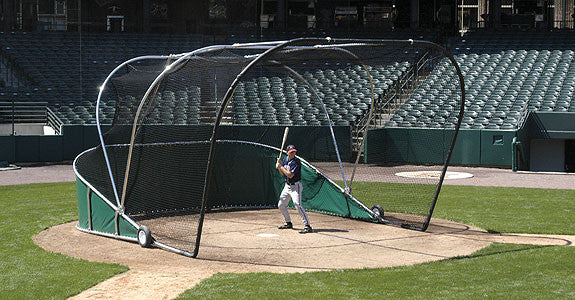Rapid Fire Ground Balls
This is a great way to end your traditional infielders’ positional work during practice. At the conclusion of your normal ground ball work at each position (third to first, short to first, second to first, 6-4-3 double play, 5-4-3 double play, 3-6-3 double play, etc.) have your infielders all gather at their respective positions and prepare them for rapid fire ground balls.
For example, your third baseman will be at his or her usual spot while the coach is hitting a fresh ground ball the split second he/she throws the ball across the diamond. This will make the fielder have a constant head on their shoulders and be prepared for whatever may come next (a ball hit to their left, hit to their right, a slow roller, a high chopper, etc.).
Since the ground balls are coming at a non-traditional rate, this will create a fun and competitive environment for your team and coaches. You’re also likely get some players that begin diving at balls and getting dirty, which will certainly get a rise from their teammates. Just make sure they’re still utilizing proper footwork and mechanics, as this drill can become a little bit chaotic.
This take time and work to get players to learn how but it is a great drill and will pay off with ball handling in the game.
CREDIT TO: thehittingvault.com
We just came across to the new rule that's going into effect for the 2017 softball season at the NCAA level.
The dugout faces must be completely enclosed with netting or protective material all the way up to the roof line. This is for the player protection from foul balls, thrown equipment, thrown balls anything that could cause an injury entering the dugout.
I don't know that there been that many cases of injury, but there must've been something that precipitated this move and rules and move like this are not normally preventive their reactionary. I don't know what did it for my guess is there is one. Baseball and softball players are known for hanging on the dugout fence, being over it, even being outside of it and having to duck out of the way of balls flying in there.
I'm an umpire and have seen it along with being a coach for over 40 years so I don't know that it's a bad rule. The question I have for your comments is should all dugouts be protected from the ball getting into that dugout whether it be baseball, softball, no matter what the league.
I may be dating myself but I can remember dugouts that were ground-level and had no protection in front it was like sitting on a bench in a shed watching the games. Then the normal progression was to put up fences about 3 to 4 foot high to protect, then bring down lips from the top of the dugout have become standard. Now is this the evolution of dugout protection that's the question? Agree or disagree










